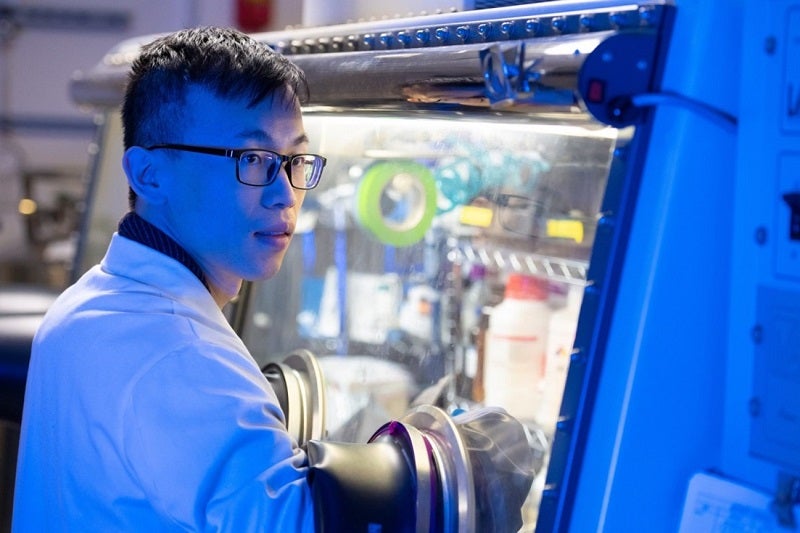Splintered US-China relations will finally shatter as the enduring trade war escalates.
That is what the leading intelligence consultancy, GlobalData, anticipate in their Technology Predictions in 2025 as they help track the themes impacting companies across all sectors.
Although Trump had pivoted the US against the People’s Republic of China (PRC) in his first administration (2017-21), his successor Joe Biden continued to ride the same sentiment as the “pacing threat” unravelled further. Now it appears the policy will roll on indefinitely.
American economic policy – directed by the inconsistent whims of President-elect Donald Trump when he is inaugurated on 20 January 2025 – will focus on deregulating industry and introducing flagship tax cuts, which will not see the light of day until 2026 at least, all to stimulate his country’s innovation.
Trump is also set to hike up tariffs on foreign goods; however GlobalData analysts observe that this marks the point of no return:
“There will be no way back for US-China decoupling.” There is widespread “bipartisan support” in Washington for stringent measures against competing Chinese business interests. And this is reasonable since China’s companies tend to straddle the line between civil and military, thus threatening national security and the US military’s technological edge in the coming years.
Rivals exploit US industrial base
Through an ambiguous policy of Military-Civilian Fusion, or MCF, ostensibly civilian companies with a US presence that hail from the one-party state, are obliged to cooperate with PRC institutions, including its security and military services.
This is why, since Biden took office in 2021, the US Department of Defense (DoD) publish a blacklist of Chinese entities each year that they consider “military companies.” Notably, familiar tech brands such a Huawei and Tencent were identified as ‘fused’ companies earlier this month.
The US does struggle with its products getting into the wrong hands. Russia, a Eurasian rival, has similarly derived US-manufactured components from American companies for use in Russian weapons fired against Ukraine’s Armed Forces.
Findings from the Senate Armed Services Committee indicate that more than 40% of nearly 2,500 components analysed in Russian weapons on the Ukrainian battlefield were developed by four major US technology suppliers.
Global tech markets put defence at risk from 2025
“Amid rising technology nationalism, a major restructuring of supply chains is underway as friend-shoring initiatives take priority,” according to GlobalData’s strategic intelligence report on ‘Tech, Media, and Telecom Themes’.
The Indo-Pacific region has become a hotbed for these trade blocs.
Foremost among them, the trilateral AUKUS alliance, based upon the US and UK handing Australia the means to develop nuclear-powered submarines and Virginia-class boats in the interim, will flex even more in the coming years through its second pillar advancing military technologies such as hypersonics and uncrewed systems. Other nations such as Japan are working closely to advance their efforts as China threatens the sovereignty of its neighbours.
“The US-China trade war continues to escalate as the former closes more technology access routes and the latter retaliates in semiconductors and adjacent areas,” the report states.
It is worth noting too that defence industrial development may be curtailed by the scarcity of certain critical materials. GlobalData expects a temporary shortage of lithium-ion batteries, a key component for technologies across all sectors. Particularly as tensions in Congo and Russia develop.

One analyst noted that “it takes seven years to take a lithium mine online.”
Already in January 2025, the US is throwing its weight behind the underrated commodity: Army scientists have developed a new surface treatment that could lead to more efficient and longer-lasting batteries for military applications.
The research team’s work focused on next-generation battery technology that the Army stated “goes beyond current lithium-ion capabilities.”
Their approach includes applying an acidic solution to the battery’s metal electrode, followed by a controlled drying process that creates a specialised thin protective layer.









